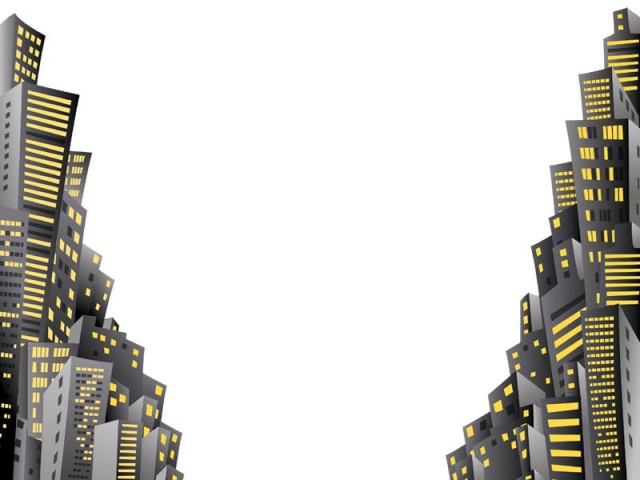
The information revolution is beginning to encompass every aspect of our lives, from the way we communicate to the way we buy groceries, search for a place or design or homes — the list is long. As technology mutates, so do our lives, our surroundings and our relationship with spatial and temporal change.

Some critical triggers to the way smart cities — the cities of the future — are being designed are new. Topping the list is climate change. We are now living in what is termed the sixth age of extinction — the Anthropocene age. It differs from the preceding ages in that humans, for the first time, are the agents of change.
The challenge of sustainable growth and development is primarily being faced in cities, where most of the global populace is concentrated. According to a World Bank estimate, around 75 per cent of the world's population will be housed in cities by 2050. Cities are also the source of most of the greenhouse gases.
Smart cities are those that are economically prosperous, where growth and development is not taking place at the expense of the environment and, most importantly, where the dividends of growth are being shared equitably among all sectors of society. These are the three Es of sustainability — economy, environment and equity. Such cities are not, therefore, merely technology-driven spaces but also spaces that are inclusive, where communities bond. Sometimes, such dynamics are also used to define a city as a resilient city.
A smart city has certain characteristics. It is not a sprawling city; compact cities promoting vertical growth have been found to be more energy-efficient and environment-friendly. A smart city is one where every effort is made to discourage private vehicles, which are mostly dependent on fossil fuels and also contribute to urban sprawl.
Instead, public mass transit systems, bicycles and walking are preferred, assisting in having compact cities and adding a new dimension to land use development through what is known as transit-oriented development. In this, self-sustaining urban localities are designed around public transit stations, facilitating environment-friendly modes of transportation and with public spaces designed to promote interaction between people from diverse socio-economic backgrounds.
The same thought process is applied to designed smart neighbourhoods and buildings that can even be rated for their 'smartness' by evaluating them against smart growth standards, such as the Leadership in Energy and Environmental Design rating system developed by the US Green Building Council.
Since buildings have been found to generate around 40 per cent of urban greenhouse gases emissions, the concept of designing 'green' buildings is getting much momentum.
Pakistan is rapidly urbanising. It is estimated that by 2030, Pakistan will be predominantly urban, with 45.6 per cent of its population living in urban areas and 12 cities housing over a million people each. The sooner we develop a smart city growth strategy and plan, the better.
The writer is an urban planner and runs a non-profit organisation based in Karachi focusing on urban
sustainability issues
Published in The Express Tribune, June 15th, 2015.

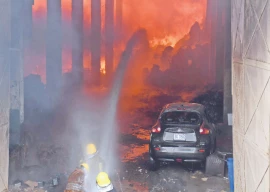
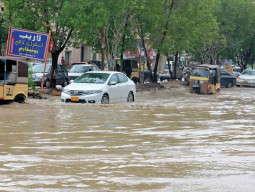
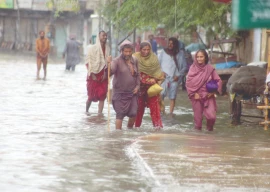
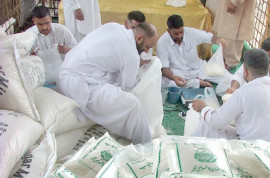
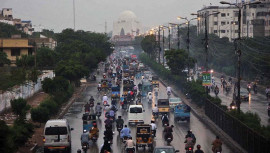
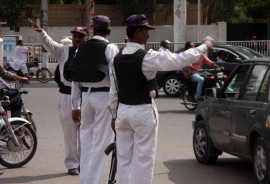




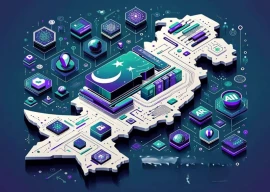





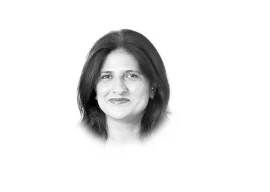


COMMENTS
Comments are moderated and generally will be posted if they are on-topic and not abusive.
For more information, please see our Comments FAQ